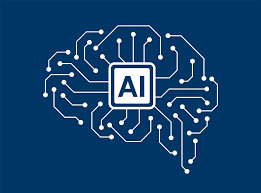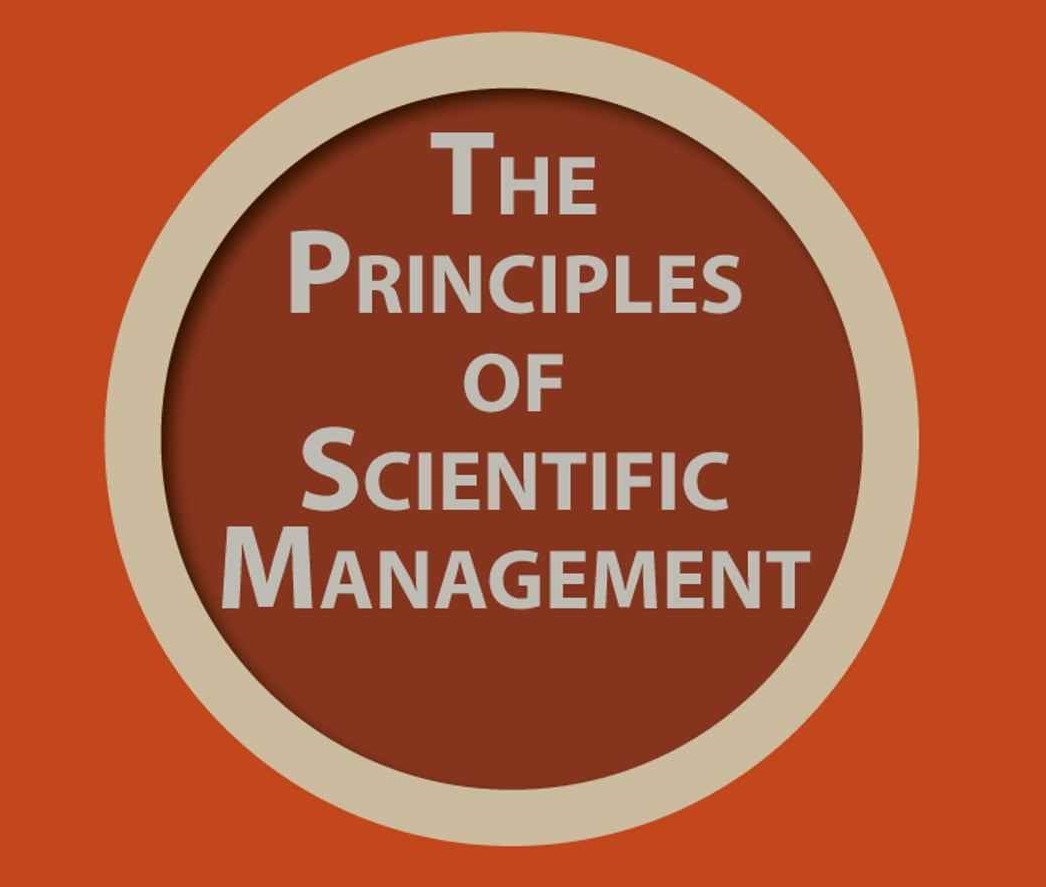14 Haziran 2025 1245 0 ARTIFICIAL INTELLIGENCE (AI) Hakan Aksungar
According to a 2020 study by Gartner, 15% of Artificial Intelligence (AI) projects successfully went into production. According to a 2021 study by IDC, 25% of Artificial Intelligence (AI) projects were successfully completed.
Despite being a revolutionary innovation, 70-80% of AI projects fail.
Mistake #1: AI is not application development or coding
AI projects are fundamentally different from traditional application development. The essence of AI lies not in complex coding, but in the data that supports it.
While traditional application development or agile methodologies can be followed, AI projects require a data-centric approach. The priority should be on data collection, processing, and understanding, not just code development. This can practically lead to ineffective AI projects.
Mistake #2: ROI mismatch
Embarking on an AI journey without a goal is like setting out on a journey without a map!
The problem is failing to align the project with concrete business objectives. Before embarking on an AI journey, you need to ask yourself the following questions:
- What problem are we trying to solve?
- Can AI provide a cost-effective solution?
Projects often derail due to vague goals or mismatched expectations regarding return on investment. It is essential to identify the problem and clearly define the expected benefits from the outset.
Mistake #3: Data quantity
AI and machine learning (ML) systems learn from data.
Data quality and quantity are very important. Projects often stumble due to insufficient data, which hinders the system's ability to learn and make accurate predictions. The volume of quality data affects the effectiveness of the artificial intelligence solution.
Mistake #4: Data quality
The success of artificial intelligence projects depends largely on the quality of the input data.
Time should not be spent cleaning, transforming, and preparing data. Low-quality data leads to flawed models and unreliable outputs, rendering AI outputs ineffective.
Mistake #5: Proof of concept or proof of confusion?
Proof of concept (PoC) projects often fail to translate into successful real-world applications. The controlled environment of a PoC masks real-world challenges such as data variability and system integration issues.
Testing AI solutions in real-world scenarios is critical to understanding their practical applicability and effectiveness.
Mistake #6: There is a significant gap between training data and real-world data
A common mistake in AI projects is assuming that training data reflects real-world scenarios. This mismatch can lead to models that perform well in tests but fail in practical applications.
The AI model must be evaluated and aligned with real operational data and conditions.
Mistake #7: Underestimating resources
AI projects are resource-intensive and often require significant time and financial investment. Many projects fail because they underestimate these requirements, especially in terms of data acquisition and preparation.
Sufficient budget and time must be allocated to these critical components for the success of an AI initiative.
Mistake #8: Neglecting AI maintenance and evolution
AI models are not static; they require constant updating and maintenance.
Many organizations fail to plan for the ongoing iteration of AI models and data. Outdated models that do not perform optimally create problems. Lifecycle planning is important in AI projects.
Mistake #9: Falling for vendor hype
The allure of vendor promises can be misleading.
It is necessary to conduct thorough research and ensure that the selected AI solution is compatible with specific project needs. Instead of believing the hype in the industry, it is important to focus on solutions that align with needs.
Mistake #10: Overpromising, underdelivering
Setting realistic expectations is important.
Making excessive promises about what AI can achieve often leads to project failures. Understanding the limitations of AI and clearly defining the scope of the project helps manage expectations and achieve the desired results.
Conclusion: The path to AI project success
It is crucial for AI projects to recognize these pitfalls.
By adopting a data-centric approach, aligning projects with clear business objectives, ensuring sufficient data quality and quantity, testing in real-world scenarios, planning for ongoing maintenance, and setting realistic expectations, organizations can significantly increase the likelihood of success for their AI projects.
Source: The article titled “Why Most AI Projects Fail: 10 Mistakes to Avoid” was published on December 12, 2024, on the pmi.org blog by Ron Schmelzer and Kathleen Walch.










